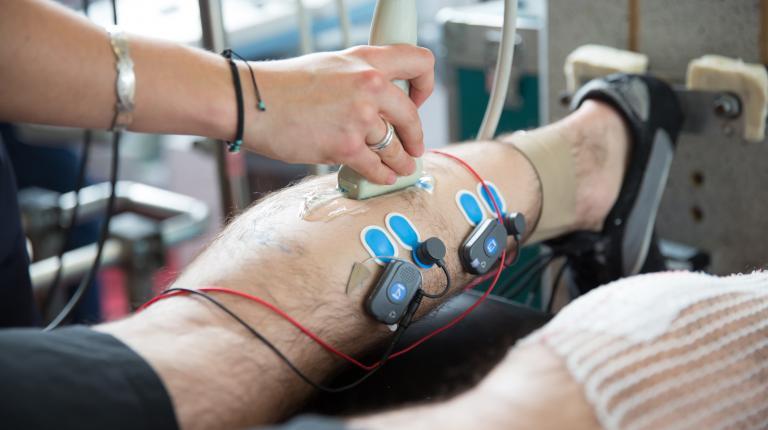Injury prevention
Some examples of research work:
-
Identifying the conditions involving a high risk of injury through the development of innovative epidemiological analysis highlighting the risk factors linked to the likelihood and recurrence of injuries;
-
Assessing the impacts of programmes to safeguard physical or psychological capabilities during rest periods, or restoring them when resuming activities (rehabilitation, reconditioning, return to sport).
Working closely with the Medical division, INSEP’s laboratories aim to support the emergence of new knowledge linking various clinical and scientific fields (exercise traumatology, functional rehabilitation). The applications developed through this work will notably make it possible to better understand the conditions for injuries to occur, while looking at how athletes manage their injuries, and will ultimately help reduce downtimes or make better use of phases when training is reduced due to injury.
Main research work:
- Coordination of hamstrings is individual-specific and is related to motor performance. Journal of Applied Physiology
- Hamstring muscle elasticity differs in specialized high-performance athletes.
Scandinavian Journal of Medicine & Science in Sports - Interactions between fascicles and tendinous tissues in gastrocnemius medialis and vastus lateralis during drop landing.
Scandinavian Journal of Medicine & Science in Sports - Hamstring eccentric strengthening program: Does training volume matters?
International Journal of Sports Physiology and Performance - Effects of warm-up on hamstring muscles stiffness: Cycling vs foam rolling.
Scandinavian Journal of Medicine & Science in Sports
